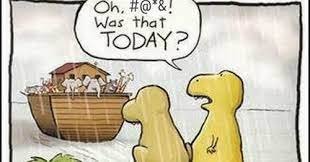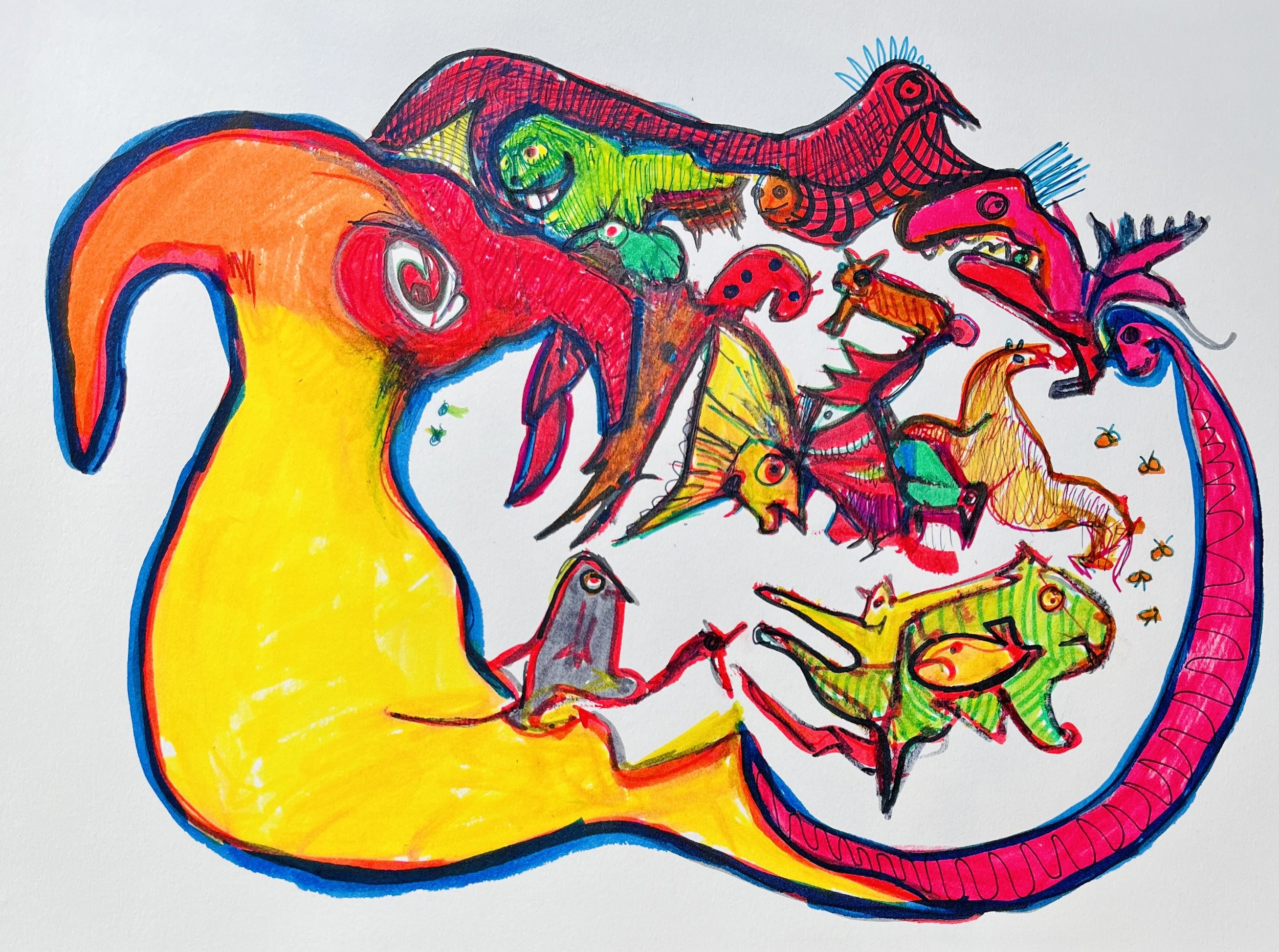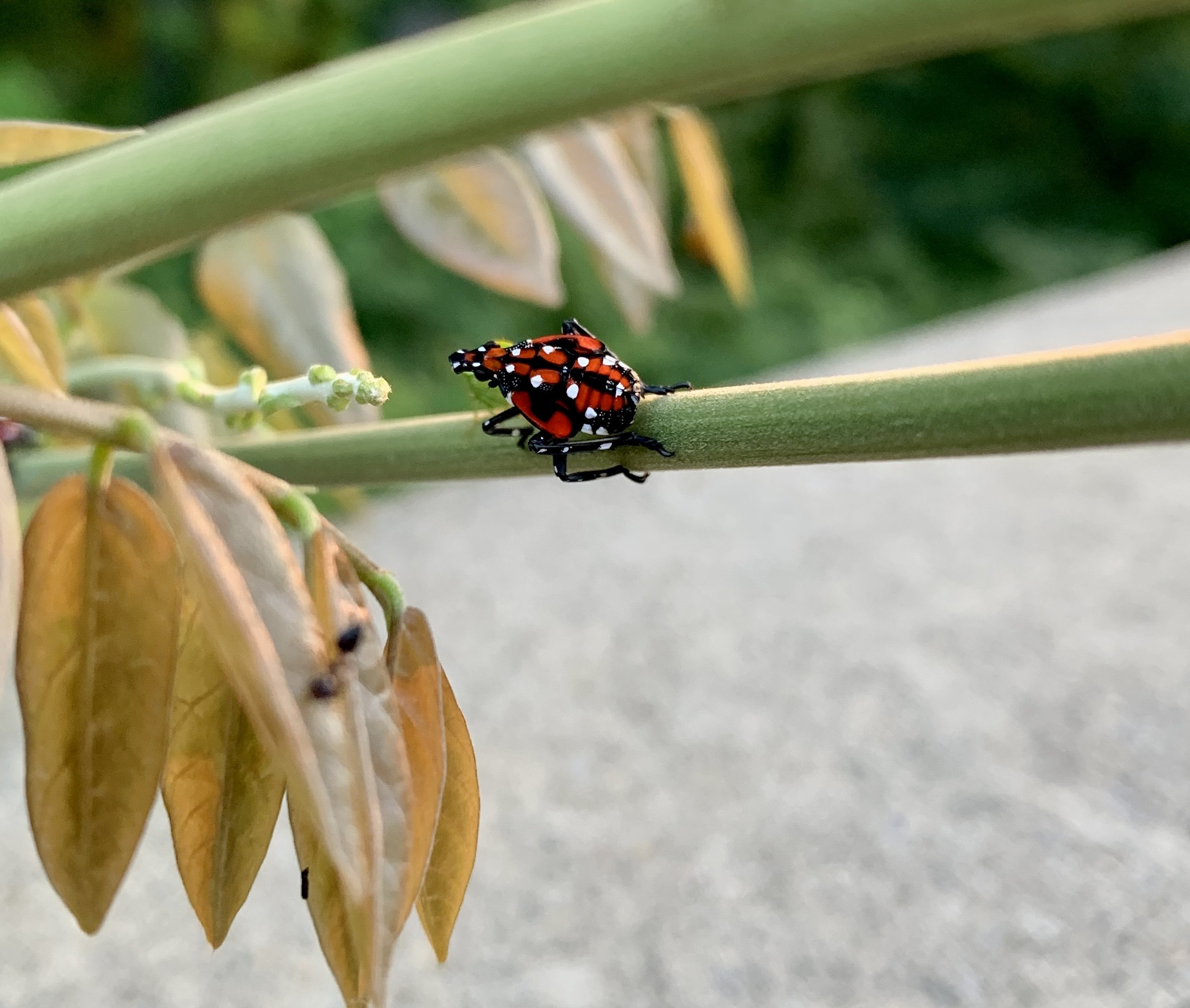As soon as the thermometer hits 80, we start humming, then singing, “Summertime.” No, no, not the glorious song from Porgy and Bess, but the teen hit of 1958. Who, once they’ve heard it, could ever forget the “It’s summertime, summertime, sum, sum, summertime” beginning? And so we include it below
CLICK HERE for Summertime, Summertime
Meanwhile, a bit of information about the song and its songsters . . .
The Jamies
"Summertime, Summertime," the group's 1958 single for Epic Records, reached #26 on the US Billboard Hot 100.
Both "Summertime" and its b-side, "Searching for You," are often described as doo-wop because of their time period and their a cappella harmonies. However, both songs may also be described as pop versions of Sacred Harp styles, as the group started as church singers, or possibly as an early example of baroque pop.
Several singles followed "Summertime, Summertime" (many written by Tom Jameson), but none of these were hits. In 1962, "Summertime, Summertime" was re-released and became a hit again, this time peaking at No. 38.
The song's fame far eclipsed the band's; The Fortunes, the Doodletown Pipers, Hobby Horse, Jan and Dean, and Sha Na Na all covered the tune, and it was used in commercials for Buick, Ken-L Ration Burger Time Dog Food, Applebee's and McDonald's. It was also featured in the 1978 film Fingers.
Members:
Thomas Earl "Tom" Jameson (1937-2009)
Serena Jameson (Thomas Jameson's sister, who sang alto
Jeannie Roy
Arthur Blair (1937-2020)
Sherman Feller (1918-1994) (Group manager, later became more famous as the public-address announcer for the Boston Red Sox at Fenway Park.) He did not co-write "Summertime, Summertime,” as is commonly thought, but took co-writing credit, half of the songwriting royalties, and the publishing rights, as was common practice by managers at the time.
Tom Jameson was the sole writer/arranger of "Summertime, Summertime."





































































